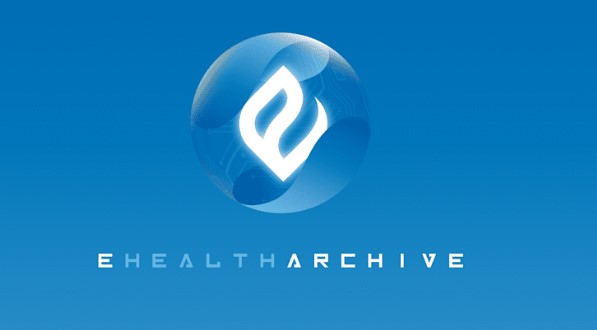Let’s talk legacy data extract and the cloud. First, cloud-based technology has increasingly become the dominant way of storing data of all kinds for various businesses, organizations and practices. The health care industry is no exception. In fact, many health care professionals prefer the Cloud over in-house servers.
While it’s not necessarily a bad thing, Cloud-based products can have their drawbacks, including the amount of control you have over your own practice’s data—which is quite little usually. This is why it is crucial to understand the limits and features of a Cloud EHR system before purchasing. It saves a lot of headache down the road, especially when it comes time for receiving back your legacy data extract when you leave that system for a new one.
While Cloud-based EHRs seem less expensive upfront, in the long-run, they can end up costing a practice much more. That’s because while there is less investment in infrastructure, there tend to be more hidden costs for various features, which can include bulk extracting data. For some systems, there might also be a fee for extracting the data in a user-friendly format.

Is my Legacy Data Extract Even Viewable?
Other systems might not even have user-friendly options and will simply dump all of your data in a jumbled mess with no discernable viewing capability. That means even more money comes out of your business’s pocket to consult with an outside vendor to format your data into something readable and usable. Many vendors will offer an API that can help extract data, but you would likely still have to go through a consultant to help convert all the data you need.
The other thing you need to be prepared for when it comes to legacy data extract from a Cloud-based system is the reliability of the system and the amount of control and access that you have to your data. Because your data wouldn’t be housed on a physical server somewhere, you would have to rely on good internet connection to access your data.
If your internet isn’t reliable, you won’t be able to access your data. Also, because the Cloud system is through a third-party vendor, you do not get complete access. You have to go through a middle person in order to access your data, which leaves more room for error.
Know What You’re Getting into Ahead of Time
The bottom line is you need to make sure you understand the service you are purchasing with a Cloud-based system. After that, you will know what you all need to do in case you need to do a bulk extract of data at any given time.
You’ll be aware of the extra costs, the amount of access and other preparations you might need to make to cover the process. When it comes to bulk extracting your practice’s data from a Cloud service, make sure you understand the fine print, so you know what you will all be responsible for and can be prepared for the next time you will have to move to a new system or for any other reason you may have.
Partner Up
As more features and requirements are collected, we will post them here as well. If you have any immediate questions, shoot me a message, I can steer you in the right direction.
No matter what you end up doing with your legacy systems, do something. “There are two types of people in this world, those that have lost data, and those that are about to.” Archive those old servers and save funds today by ensuring you dont need to upgrade the hardware and software of those old legacy systems.
-Dan Holleran | 314-471-3409 | dan@pdehealth.com | www.pdehealth.com
PDE Health is an advanced data solutions firm, and have developed the CHR Base product. Visit our website to learn more about who we are and what we can do as a good business partner in the healthcare data industry.
